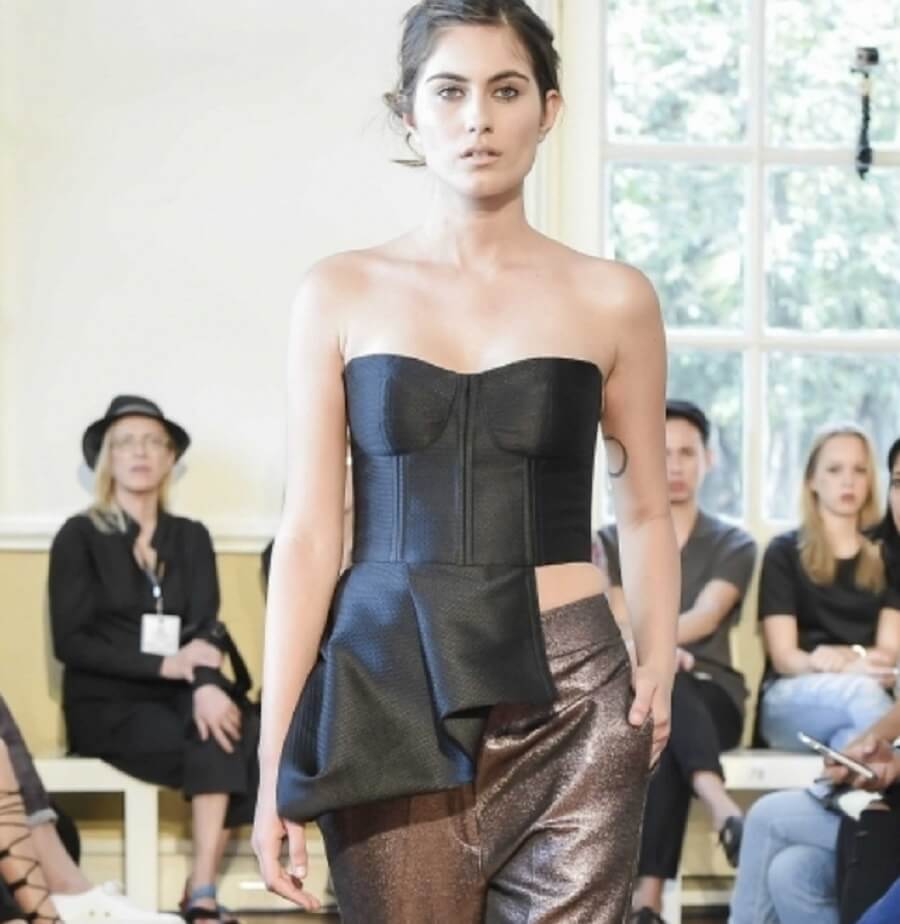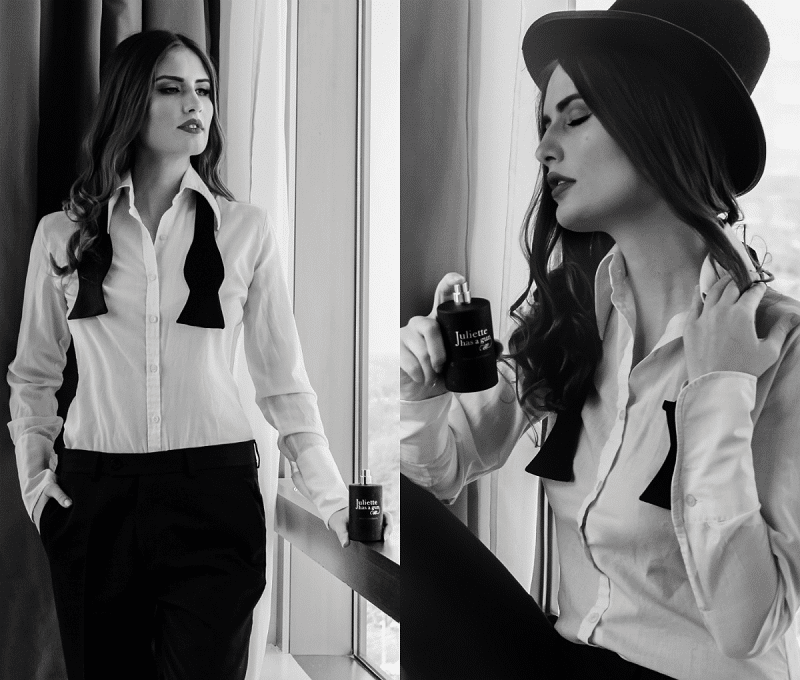High-end brands are seeing the luxury market redefined by the ‘pesky’ millennials. The time of reckoning has arrived for those big names with bigger budgets and advertising strategies that have dominated the consumer’s psyche ever since Edward Bernays, the father of public relations, has figured out crowd psychology a few decades ago. Luxury as originality seems to be new chant in town. And when 80 million, highly individualistic and status-scornful millennials are keeping the same tune, even the old kings of fashion should be wise enough to listen.
Luxury as Originality Is the New Black
In the timeframe of two decades, millennials will become the largest spending force in history. This prediction belongs to Pam Danziger, President of Unity Marketing who researched buying patterns of the early 2000s generation. His paper, ‘Five Luxe Trends for 2015’, foresees the momentum millennials are garnering on the road to affluence. The older representatives, especially, have already peaked in terms of disposable income. They have dollars to spend and squander. On what, though?

Photo Courtesy: runway2street.com
The Status vs. The Experience
In a fashion world trying to survive the increasingly faster seasonal circle, the bored luxury consumer is seeking something other than the mainstream. A brand cannot only survive on old credentials anymore. It needs to strive to stay hip or lose the battle to emerging Kickstarter startups and Facebook-supported businesses.
The road is different from that of grandparents and parents. While they might have appreciated fashion status and exclusive possessions as symbols of upper-class gentility, the new generation now shifts the emphasis on experience rather than things.
Smart brands have already learned to adjust their advertising techniques to the recent grinding of fashion’s tectonic plates. For instance, millennials are true digital wizards. They respect accessibility (not the financial, but the ‘delivery on the click of the mouse’ kind) and originality.
Rathna Sharad founded the couture-based retailer runway2street.com. The website sells niche luxury products and it’s present in almost all of the world’s countries. It brings high-fashion cosmetics and accessories from the USA, Europe, Mexico, and Greece right at your doorstep.
‘We make it really easy to get a product anywhere in the world within three to five days. Our bar is pretty high. We make it simple for a customer anywhere to receive a product from anywhere else. We take care of the shipping and customs and duties and all that paperwork which can sometimes be complex. Our customer is someone who wants exclusivity rather than the brand name.’
On the opposite side, Tiffany and Co., for example, works its digital image like a grandma who doesn’t really understand what this fuss about the Internet is all about.
The Fashion Revolution of the Millennials

Known labels may lag behind because of an inherent sense of possession over the luxury market. It reminds one of the stubborn aristocrats who denied to follow the realities of a changing world.
After all, millennials do not want to see luxury becoming a dying dinosaur. Otherwise, they wouldn’t support emerging niche designers whose products range in price from a couple of hundreds to the thousands.
In the end, it’s actually simple. the labels that will capture the souls and survive the fashion revolution Millennials started will do so by reinventing luxury as originality. Brands should not be wary of entering digital space and using Instagram, for example, as a hook to catch the sensibilities of its new wave of customers.


